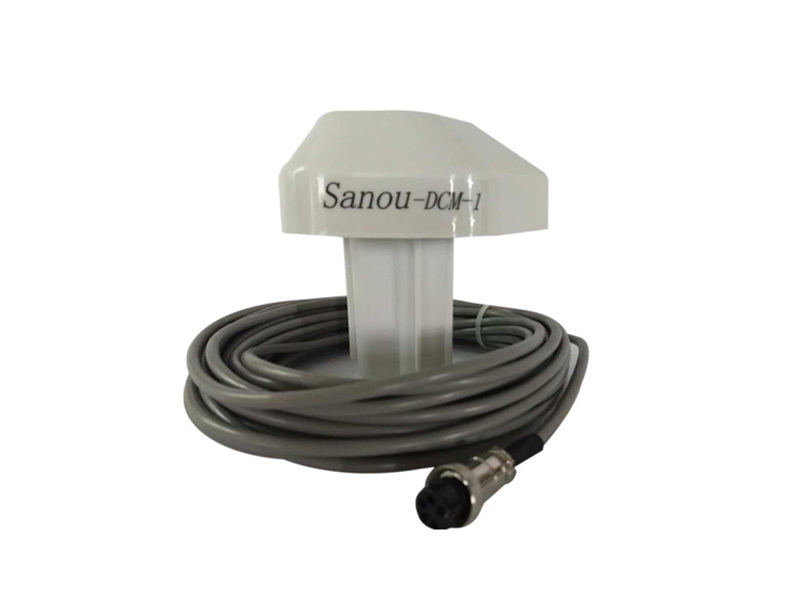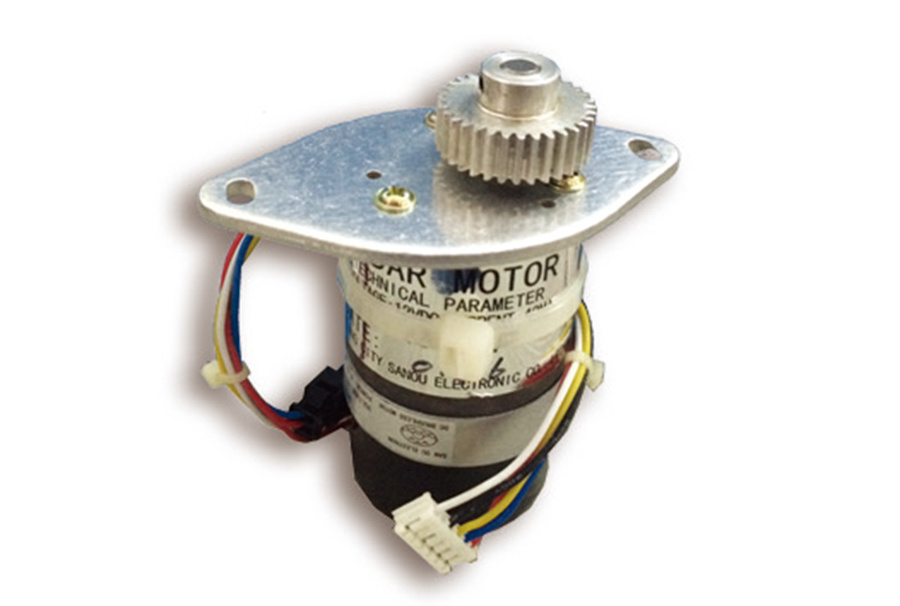News Center
Understanding Dual Servo Telegraphs: Enhancing Precision in Electrical Engineering
In modern electrical engineering, achieving precise control over motor functions is paramount. The dual servo telegraph stands out as a sophisticated solution designed to enhance the accuracy and reliability of communication between control systems and electric motors. Traditionally utilized in complex systems requiring synchronous operation, dual servo telegraphs facilitate the transmission of signals that dictate motor actions with remarkable precision.
At its core, a dual servo telegraph operates on the principle of two separate but interconnected servo systems. This duality allows for improved feedback mechanisms, which are essential for real-time adjustments in motor performance. For example, one servo may be dedicated to monitoring position while the other focuses on speed, ensuring that both parameters are optimally controlled. This arrangement significantly reduces the likelihood of errors that can occur in single-servo setups, making it especially beneficial in applications where safety and precision are critical.
One of the primary advantages of utilizing dual servo telegraphs in electric motor systems is their ability to enhance responsiveness. In industries such as robotics, aerospace, and manufacturing, where precision movement is crucial, the dual feedback loop provides an immediate response to any deviations from the desired state. This leads to smoother operation, reduced wear and tear on components, and ultimately, a longer lifespan for the machines involved.
Furthermore, integrating dual servo telegraphs into existing systems can enhance operational efficiency. By allowing for more accurate control over torque and speed, these systems can optimize energy consumption, leading to cost savings over time. In a market increasingly focused on sustainability, this feature can also contribute to reduced environmental impact—an appealing aspect for modern enterprises.
When considering the implementation of dual servo telegraphs, it is essential to evaluate the specific requirements of your application. Factors such as load characteristics, speed requirements, and environmental conditions will influence the selection of the appropriate system. Working closely with engineers and technical experts can help ensure that the chosen dual servo telegraph aligns with your operational needs and enhances overall system performance.
In conclusion, the dual servo telegraph represents a significant advancement in the field of electric motors and servo technology. Its ability to provide enhanced precision, responsiveness, and operational efficiency makes it a valuable asset for industries that demand high levels of accuracy. As electrical engineering continues to evolve, staying informed about such technologies will empower professionals to make informed decisions that drive innovation and success in their respective fields.
Related News
Understanding the Importance of the Furuno 1831 Radar Plug: A Comprehensive Guide
The Furuno 1831 radar plug, especially the 24-pin square variant, is a crucial component when it comes to radar level measurement in various industries. Understanding its significance can enhance the functionality and reliability of radar systems, which are vital for applications such as shipping, oil and gas, food processing, and many other sectors where precise measurements of levels are essenti
Case Studies: Successful Implementation of 12KVA Frequency Stabilizers in Power Distribution
Case Studies: Successful Implementation of 12KVA Frequency Stabilizers in Power Distribution Table of Contents Introduction to 12KVA Frequency Stabilizers The Importance of Frequency Stabilizers in Power Systems Case Study 1: Manufacturing Sector Case Study 2: Healthcare Facilities Case Study 3: Data Centers Case Study 4: Telecommunications Industry Common Benefits of
Understanding the Furuno 1832 Radar Motor: A Key Component in Marine Electronics
The Furuno 1832 radar motor is a component of Furuno's radar systems, which are widely recognized for their reliability and effectiveness in marine environments. Radar technology plays a pivotal role in ensuring safe navigation by detecting objects, such as other vessels, landmasses, and navigational hazards, which may not be visible to the naked eye, especially in adverse weather conditions. At t




